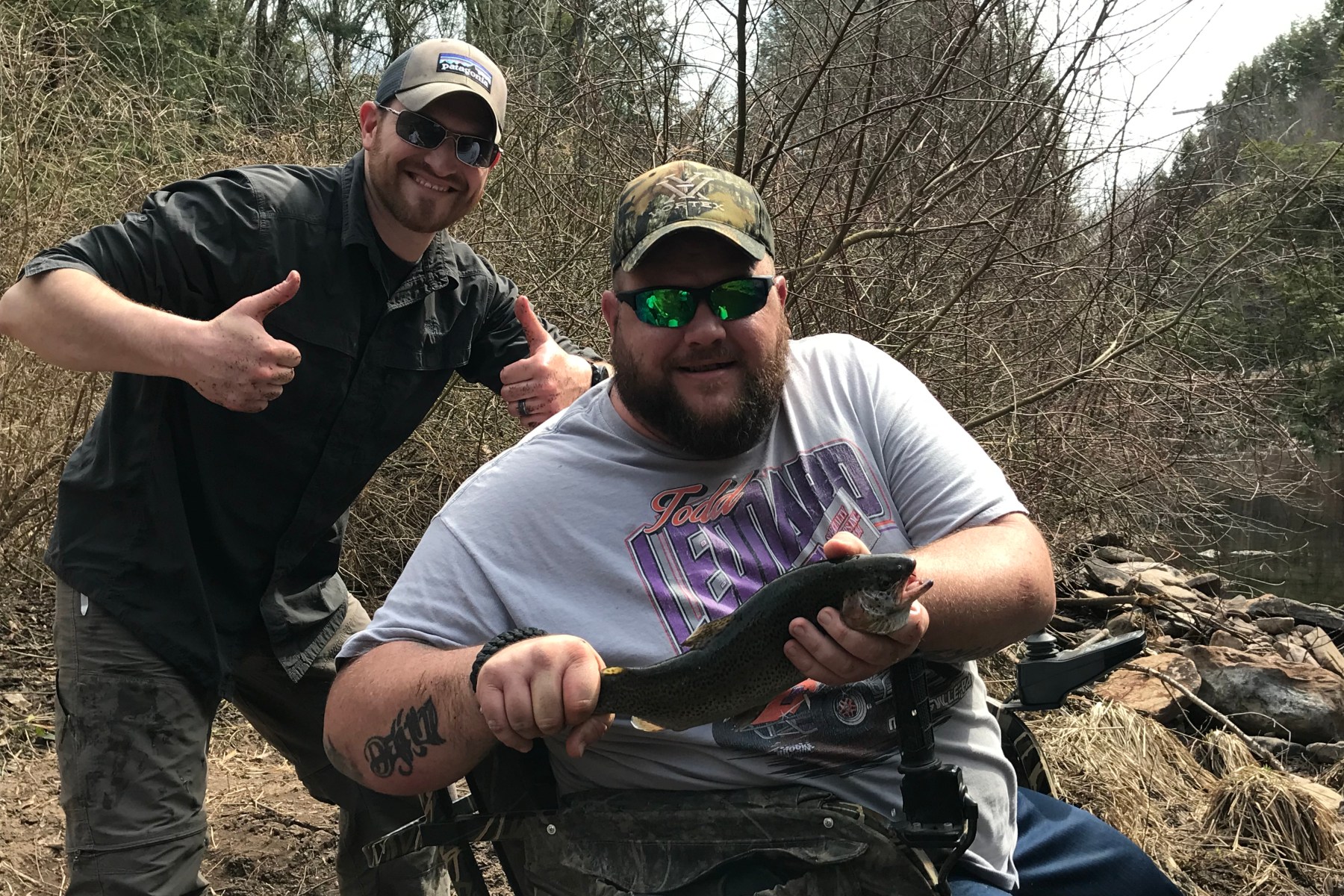Recently, the New York Times published an op-ed highlighting an initiative Williams funded in partnership with the U.S. Fish & Wildlife Service to treat endangered bats threatened by a deadly disease known as white-nose syndrome.
The article titled “Fighting to Save America’s Bats” was penned by author Michael Taylor. He writes:
“Twelve years ago white-nose syndrome was first detected in a bat in a cave in Schoharie County, in upstate New York. Since then the syndrome’s cause, the fungal pathogen Pseudogymnoascus destructans, has spread across at least 31 states and five Canadian provinces, striking hibernating bats. More than six million are thought to have died. Some infected colonies have experienced a mortality rate of more than 95 percent.”
Although Williams isn’t mentioned directly, the federal and state agencies overseeing the project are very aware of the important role we are playing in supporting the ground-breaking research — underwriting the program developed by researchers at Georgia State University(GSU).
This video includes comments from GSU researchers recognizing the important role Williams played in partially funding the program to save bats by delivering mass treatments to caves used by bats as winter roosts. Treatments are administered using a patented device which fills the space with an anti-fungal aerosol designed to prevent the white-nose syndrome from developing.
[youtube https://www.youtube.com/watch?v=OBiM_t5YzIg&w=560&h=315]
The effort was part of mitigation designed to offset temporary impacts associated with the construction of our Dalton Expansion project in northwest Georgia in 2017.
Taylor writes that the treatments do appear to be working.
“At the Black Diamond Tunnel, the results of the spraying were encouraging. After an hour, the team slowly paddled back to share its results: 178 bats, up by 26 from the last count.”
